I watched these answers with fascination! I was a Relay Engineer for an electric utility many years ago...like 20. So what I see is a more modern implementation of carrier relaying. An expensive one at that!
The way we used to do it, is use a coupling capacitor to inject a HF carrier signal on one of the phases of a transmission line.
A large inductor (called a wave trap), would be behind the coupling point to block the signal from going the other direction. At the other end of the line there would be an identical setup.
There are 'radios' that transmit and receive very simple signals, like frequency shift keying to indicate if the relaying on the line indicates there is a fault on the line.
So, at Point A the relay says, I see a lot of current flowing, I think we're shorted to ground! What do you see?. At Point B the other relay says, I do too! Oh no!, let's trip our breakers and isolate the fault from the system? Or, it says, nope, I don't see it, ..ignore it and let the other guys take care of it.
So times change and we get rid of CCVTs and wave traps and FSK and use fiber...wow!
